Description
What is a High-performance Flexible 4G LTE Indoor Antenna?
The 4G LTE Indoor Antenna CTRF-ANTENNA-FPC-7027-5919-IPEX antenna is a bulti-in antenna flex PCB antenna 4G LTE antenna manufactured by C&T RF Antennas Inc for 4G LTE wireless networks.
The LTE Indoor Antenna 4G Flex PCB Antenna comes with a 59x19mm flex PCB antenna size, self-adhesive 3M sticker type, and Ipex/U.FL connector antenna mounts to end-user devices 4G terminals.
The internal Antenna 4G LTE Indoor Antenna is supplied by C&T RF Antennas Inc, the leading internal-external 4G LTE antenna manufacturer, we also provide the 3G 4G LTE Antennas with other antenna types such as the Dipole Antennas, Whip Antennas, Marine Antennas, Router Antennas, MIMO Antennas, Combo Antennas, PCB Antennas, FPC Antennas, Spring Antennas, Sector Antennas, Yagi Antennas, etc.
C&T RF Antennas Inc provides RF antennas with other antenna radio frequencies such as 169MHz, 230MHz, 315MHz, 433MHz, 868MHz, 915MHz, Lora, NFC, VHF&UHF, NB-IoT, ADS-B, GSM, Wifi 2.4GHz, 5.8GHz, 2G 3G 4G LTE, GPS, GNSS, 5G NR, UWB, etc.
Contact us for the 4G LTE Indoor Antenna Flex PCB Antenna datasheet, 4G LTE Indoor Antenna pricing, 4G LTE Indoor Antenna inventory, or other 4G LTE Indoor Antennas.
High-performance Flexible 4G LTE Indoor Antenna Specifications
4G LTE Indoor Antenna Flex PCB Antenna Electrical Specifications |
|
| RF Antenna Type | Embedded FPC Antenna |
| Model | CTRF-ANTENNA-FPC-7027-5919-IPEX |
| Frequency | 700-960MHz, 1710-2700MHz |
| Gain | 4dBi/6dBi |
| VSWR | ≤2.0 |
| Impedance | 50 Ω |
| Polarization | Vertical Polarization |
| Cable Type | RG1.13 |
| Connector | U.FL/IPEX |
| Cable Length | 100mm |
| Lightning Protection | DC-Ground |
4G LTE Indoor Antenna Flex PCB Antenna Mechanical Specifications |
|
| FPC Board Dimension | 59*19mm |
| Weight | Approx. 8g |
| Material | FPCB + RG Cable + U.FL connector |
| Operation Temperature | -40˚C ~ +85˚C |
| Storage Temperature | -40˚C ~ +80˚C |
| Color | Black |
| Antenna Design | Dipole Array |
| Mounting | Connector/Sticker |
| SafetyEmission and other | RoHS Compliant |
| Applications | ISM/SCADA/Utilities, IoT/M2M/NB-IoT/LoRa, 2G 3G 4G LTE/LTE-IoT/LTE-M/LTE-Cat, GSM GPRS UMTS PCS, etc. |
What are the key technologies of LTE?
1) The use of OFDM technology.
Orthogonal frequency division multiple access technologies.
Each subcarrier is orthogonal to each other, with no interference, so the spectrum of each subcarrier can be overlapped according to a certain rule, that is, to improve the spectral efficiency, at the same time, the protection interval is added between each symbol, which can better overcome ISI, ICI interference.
2) Adopt MIMO (Multiple-Input Multiple-Output) technology;
Multiple input refers to the input of the base station antenna, and multiple outputs refer to the output of the cell phone antenna. By increasing the transceiver antenna channels, thus increasing the channel capacity.
MIMO has 2 modes, the first is space division multiplexing, and 2 antennas receive different data streams, thus increasing the throughput of the transceiver side.
The second is transmitted diversity, 2 antennas receive the same data stream, and then use the maximum ratio to merge the data, improving the reliability of the data.
3) Scheduling and Link Adaptive (AMC).
4) HARQ.
Fast hybrid retransmission technique. Mainly implemented in the MAC layer, it requires the eNB to schedule the data quickly, and when the feedback information from the phone is not received, the eNB retransmits it quickly to improve transmission efficiency.
5) High-order modulation.
64QAM modulation is available only in the downlink, and only 16QAM modulation is available in the uplink because the current cell phone does not support 64QAM modulation, only CLASS5 supports 64QAM. 64QAM increases the modulation rate by 1.5 times compared with 16QAM modulation.
(6) Multi-antenna technology: mainly used to improve the channel capacity.
Flex PCB Antenna FPC Antenna Features
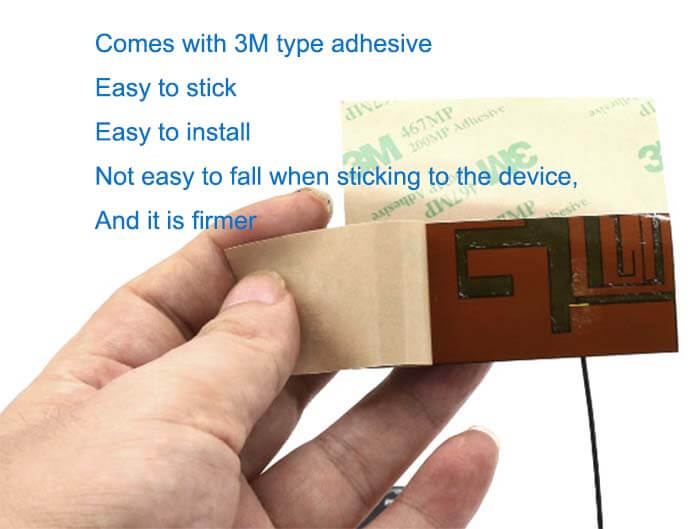
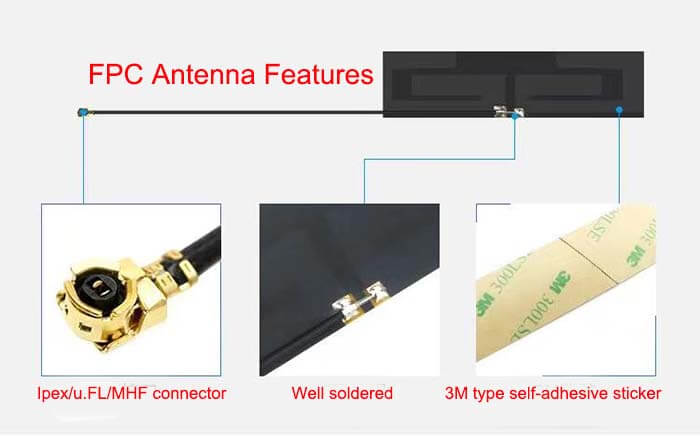

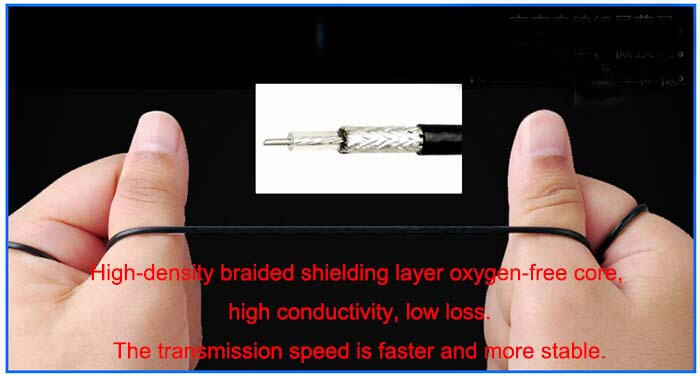

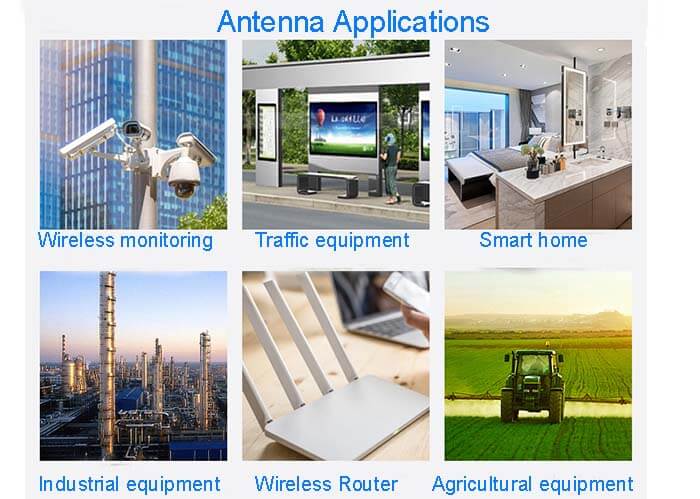

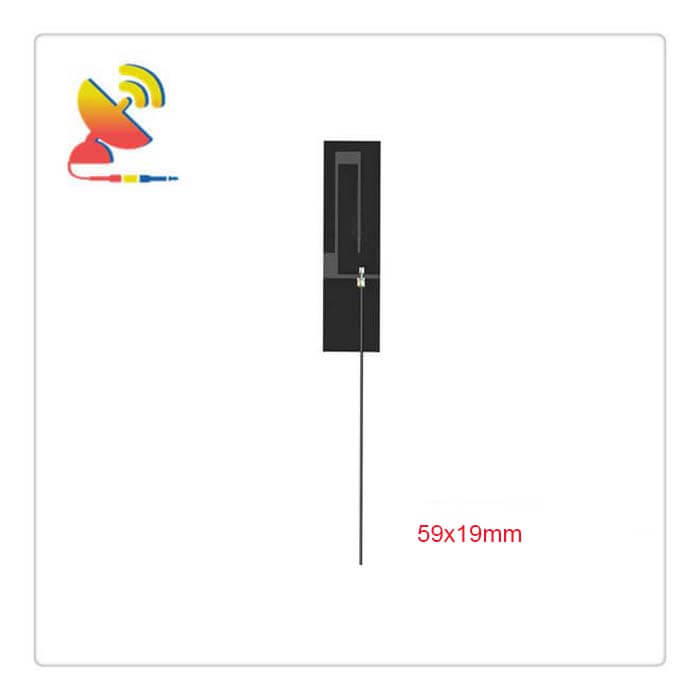


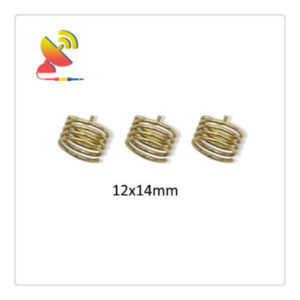
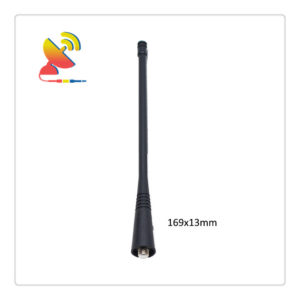
Reviews
There are no reviews yet.